231 → 33 weeks → Mira →
... 201 (July 20, Naos) - 168 (June 17, Betelgeuze) = 33 days,
which 'happened to be' equal in length to
the circuit of Lono
on Hawaii ...
from the date of July 8 (AD 1900) to
the date of July 6 (AD
1900 + 8).
I.e., in 8 years' time (the synodic cycle
of Venus) it appeared as if the whole of her pentagram had 'preceded' 2 days:
However, in 8 years there should be 2 leap days.
Let's recall the points. In July 8 AD 1900 the planet could be observed in the constellation of Gemini and
close to the right ascension line for *107 (→
*80 + *27):

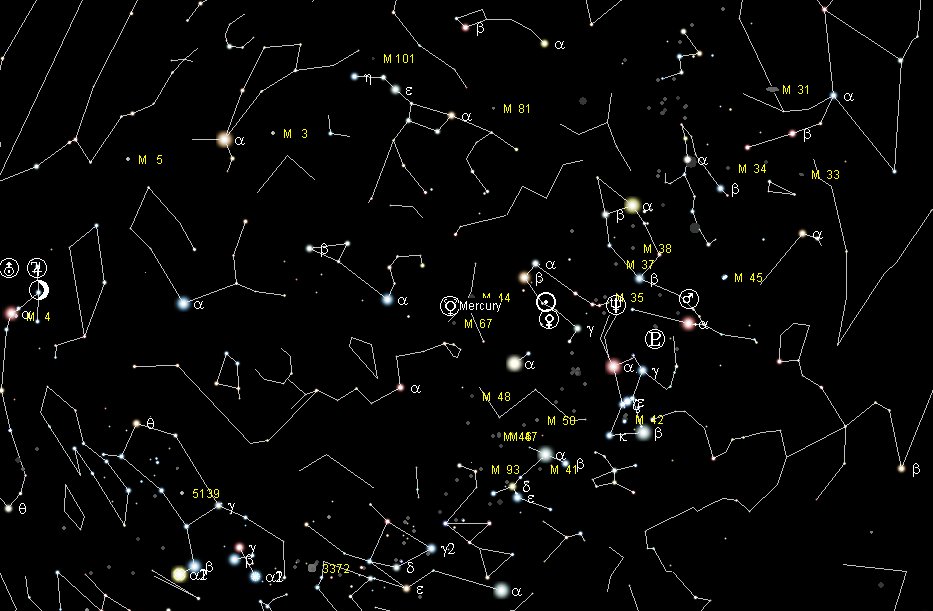
|
First Point of Pentagram |
584 |
2nd Point |
580 |
3rd Point |
|
July 8 AD 1900 (1 + 187) |
Febr 14
AD 1902 (45) |
Sept
17 AD 1903 (260, 25 * 25) |
|
 |
 |
 |
|
Ga2-13 (43) |
Gb2-8 (263 →
214 + 49) |
Ga7-16 (185 →
July 6) |
|
July
6 (*107) era of rongorongo |
*220 |
Febr 11 (*327) era of rongorongo |
*220 |
Nov 25
(*249) era of rongorongo |
|
τ
Geminorum (*107) |
Castra (ε
Capricorni, *327) |
ANTARES (*547) |
|
*327 - *107 = *220 → 584 - 364 |
SEPT 22 (265
= 625 - 360) |
584 days later, in February 14
AD 1902, the place for Venus had moved to the
constellation of the Capricorn and close to the
right ascension line for *327 (→
*300 + *27 = *107 + *220):

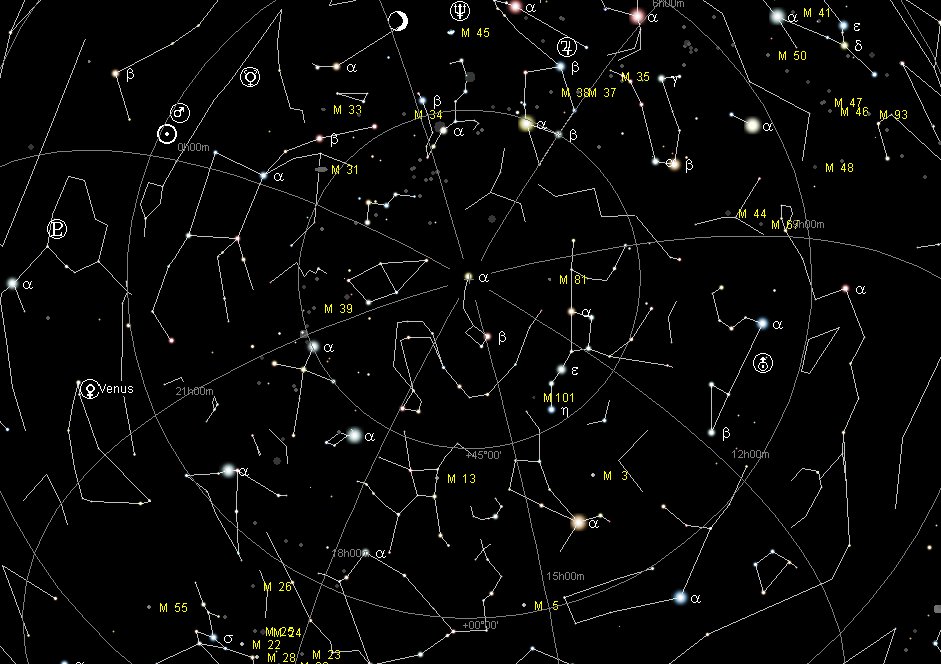
Then the 3rd pentagram point was qualitatively different,
because instead of the number for the synodic cycle of
Venus (584 days) the date
September 17 AD 1903 was only
580 days later than
February 14 AD 1902.
... During a given 584-day period
the 20 day names repeat 29
times, giving 580 days with a remainder of 4; this
means that a Venus cycle will always begin 4 days later
in the sequence of 20 day names than the previous cycle
...
... The ancient Chinese said: One
generates Two, Two generates Three, and
Three generates
Everything ...
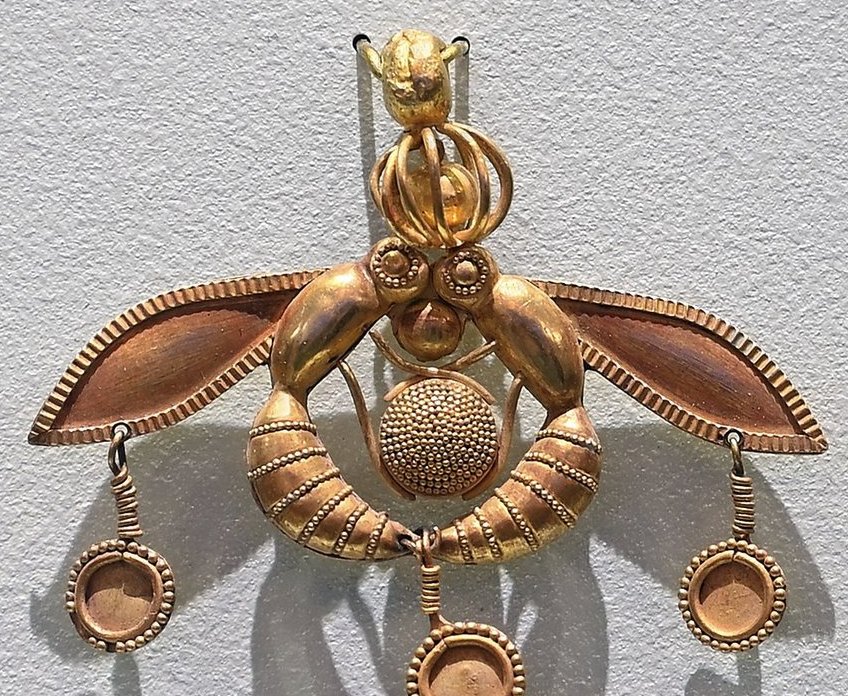
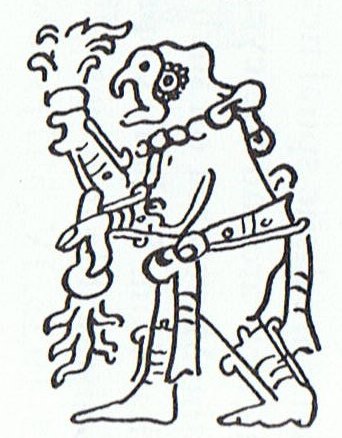
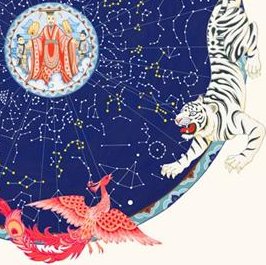
.jpg)

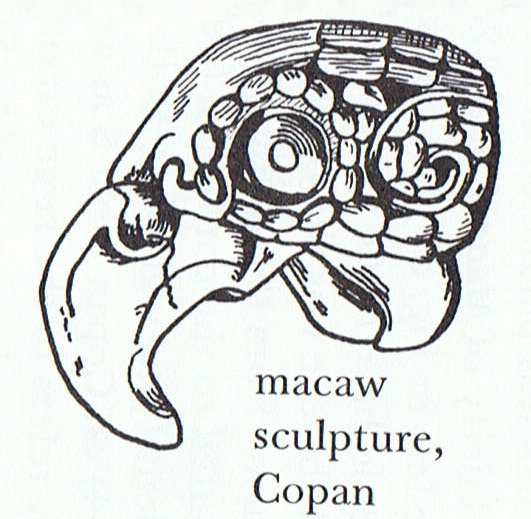
Here Venus had moved to the constellation of the
Scorpion, and Significantly to the exact position
of the right ascension line for Antares:

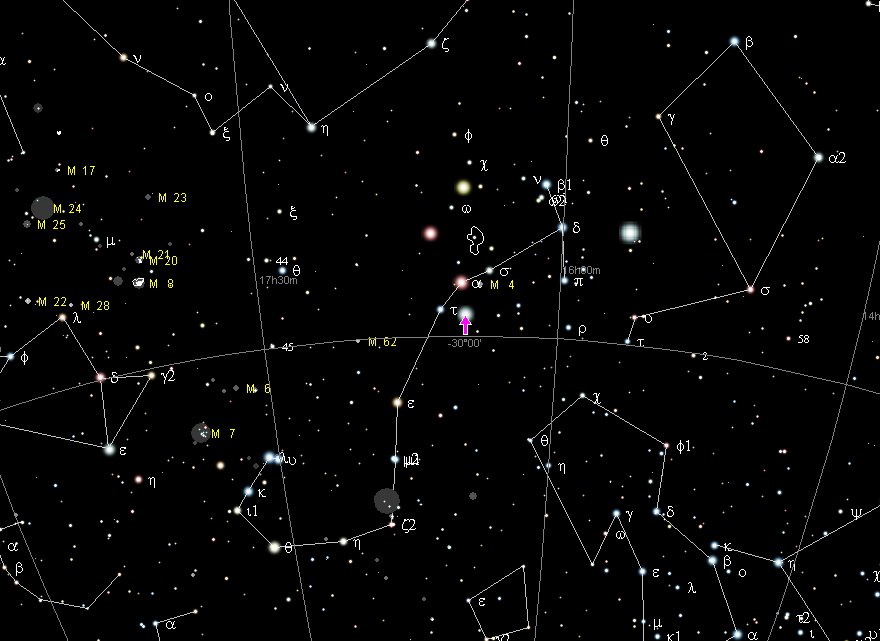
|
Venus
AD 1903 (→ 1900 + 3) |
|
Sept 17 (260
→
Tzolkin) |
J2000 RA:
16h29m12.90s |
*249.1 |
|
Antares (α
Scorpíi) |
J2000 RA:
16h29m24.40s |
*249.1 |
|
00m11.50s /
1440 * 365.25 = 0.049 |
|
... The key for the
special case Antares is to count *547 - *183
= *364 ...
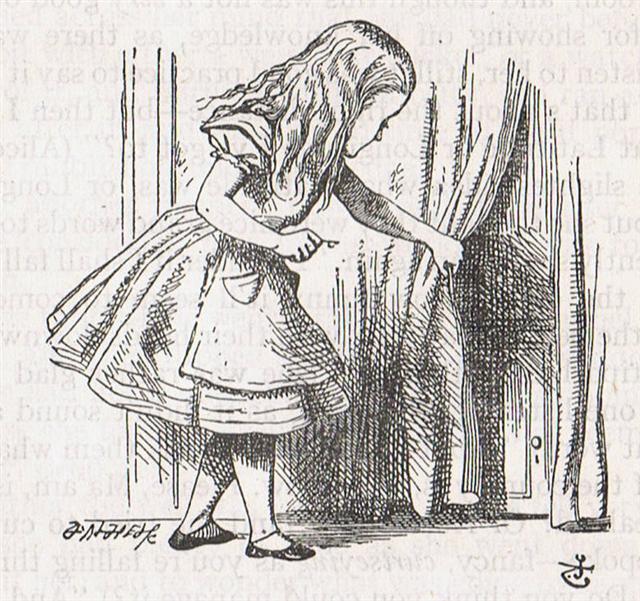 |
The next point would then be 584 days later than
September 17 AD 1903, viz. at April 27 (107
→ 80 + 3 * 9) AD 1905.
... As has already been mentioned,
the Delphians worshipped Dionysus once a year as the
new-born child, Liknites,
'the Child in the Harvest Basket', which was a
shovel-shaped basket of rush and osier used as a harvest
basket, a cradle, a manger, and a winnowing-fan for
tossing the grain up into the air against the wind, to
separate it from the chaff. The worship of the Divine
Child was established in Minoan Crete, its most famous
early home in Europe. In 1903, on the site of the temple
of Dictaean Zeues - the Zeus who was yearly born in
Rhea's cave at Dicte near Cnossos, where Pythagoras
spent 'thrice nine hallowed
days' of his initiation - was found a Greek hymn
which seems to preserve the original Minoan formula in
which the gypsum-powdered, sword-dancing Curetes, or
tutors, saluted the Child at his birthday feast. In it
he is hailed as 'the Cronian one' who comes yearly to
Dicte mounted on a sow and escorted by a spirit-throng,
and begged for peace and plenty as a reward for their
joyful leaps ...
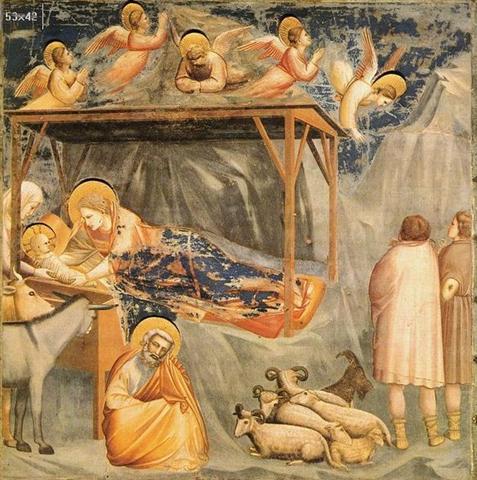
Here Venus was in the constellation of Taurus (i.e. the
constellation at the opposite side of the sky compared
to that of the Scorpion).
|
 |
*181 |
 |
|
ALDEBARAN |
ANTARES |
|
TAURUS |
SCORPION |
584 - 2 * 27 (→
π) = 530 = 2 * 265
584 -
314 = 270 = 9 * 30
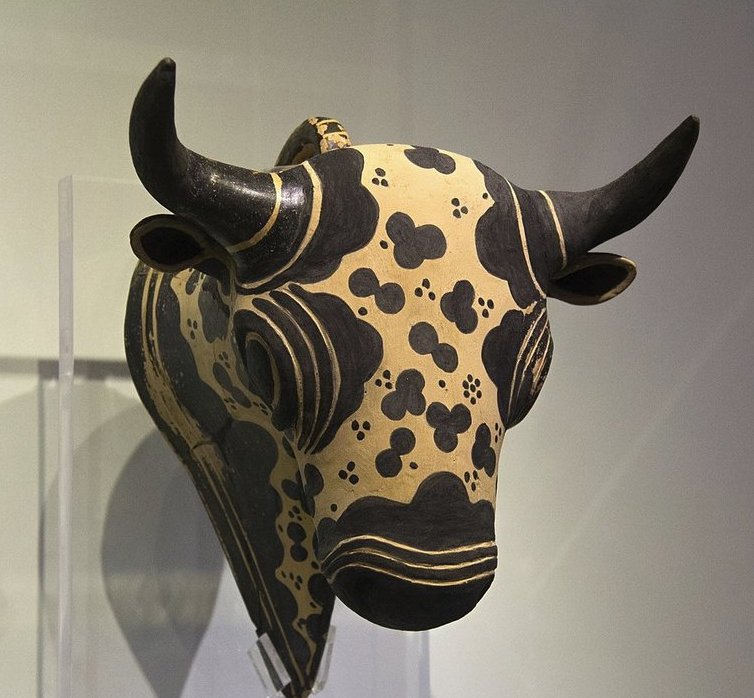

|
3rd Point |
*220 |
4th Point |
|
Sept 17 AD 1903 (260, 625) |
April 27 (107, *27) AD 1905 |
|
EQUINOX (SEPT 22, *185, 265) |
MARCH 20 (*364) |
 |
 |
|
Ga7-16
(185 → July 6) |
Gb8-30
(242, 471) |
|
Nov
25 (*249) era of rongorongo |
May 23
(*63) era of rongorongo |
|
ANTARES (*547) |
Hyadum I (*767, *584, *63.4) |
|
*547 - *364 = *183 = *366 / 2 |
"April 12 (*22 = *63.4 - *41.4) |
|
... Ecclesiastically, the
equinox is reckoned to be on 21 March (even
though the equinox occurs, astronomically
speaking, on 20 March in most years) ... |
The 4th point of our Venus pentagram has in the G
text been located to the last glyph on side b of
the tablet.
... Interestingly, since another
meaning of shi is 'death', the
number 4 is
considered unlucky. For example, the floor
numbering in hotels sometimes jumps mysteriously
from 3 to 5; it is also considered unlucky to give
four of something as a present ...
Then, finally, at the 5th and last point of the
pentagram, at November 30 AD 1906, the planet Venus
was once again in the constellation of the
Scorpion:

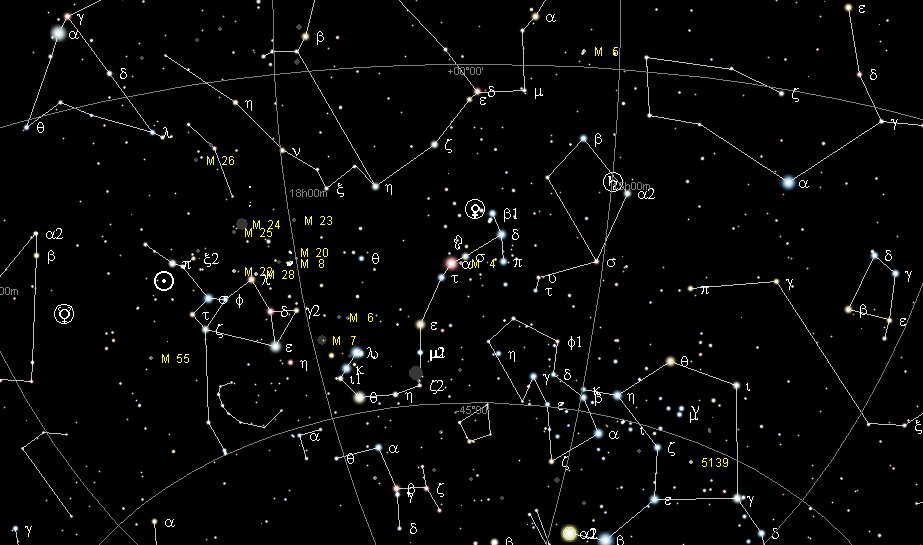
... However, there is
no suitable star close by in the Scorpion and in
order to calibrate a comparison with the G text we
should rather use the star Yed Prior (Hand in
Front) in the Serpent Carrier:
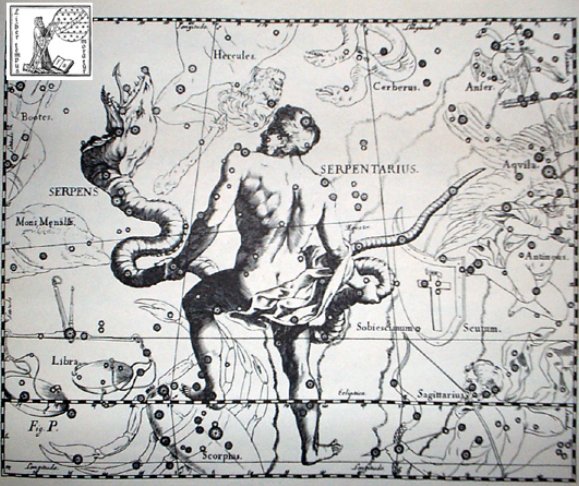

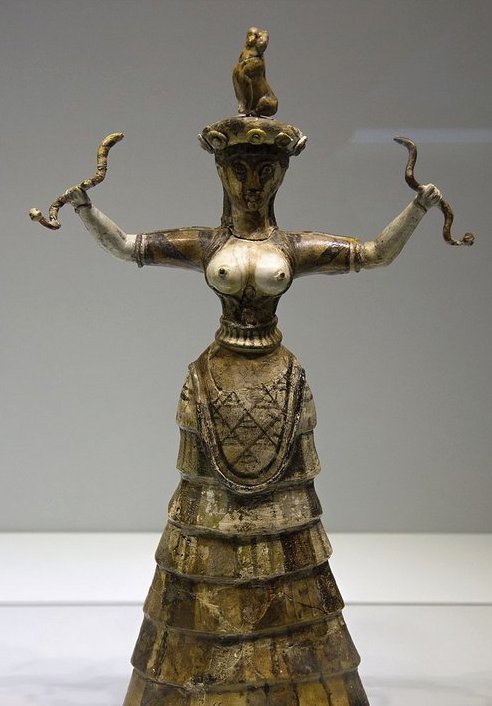
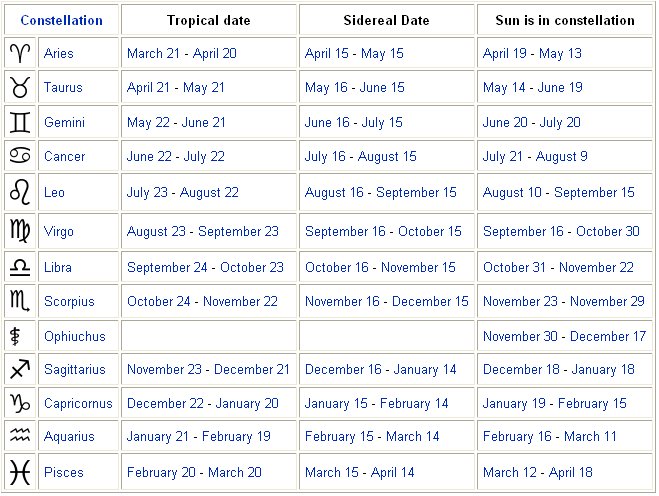
We can recognize the idea of Manasseh
here. His system of belief was
polytheistic, he did not keep to the strict rules of
his forefathers. Therefore, instead of a star close
to the Sun in the Scorpion the leading star should be
chosen from one of the stars close
to the Full Moon in the constellation of Ophiuchus,
Significantly in the left hand of the Serpent
Carrier, in the shadows of darkness:
|
Venus AD 1906 |
|
Nov
30 (334) |
J2000
RA: 16h12m15.29s |
*245.0 |
|
Yed
Prior (δ Ophiuchi) |
J2000
RA: 16h14m20.70s |
*245.5 |
|
02m05.41s / 1440 * 365.25 = 0.530 |
|
MARCH 17 |
18 |
19 (78) |
20 (444) |
0h (*365) |
 |
 |
 |
 |
 |
|
Gb5-8 (361) |
Gb5-9 |
Gb5-10 |
Gb5-11 (229
+ 135) |
Gb5-12 (365) |
 |
 |
 |
 |
No glyph. |
|
Gb8-27 |
Gb8-28 |
Gb8-29 (241) |
Gb8-30 (229
+ 13) |
|
4h (60.9)
JĪSHUĬ = λ Persei (60.7)
COR CAROLI
(α Canum
Ven.) |
υ Persei
(61.2) |
BEID (Egg) =
ο¹
Eridani
(62.2),
μ
Persei
(62.8)
VINDEMIATRIX
( ε
Virginis) |
Al Dabarān-2
(The
Follower)
HYADUM I =
γ
Tauri (63.4)
*22.0 =
*63.4 -
*41.4 |
HYADUM II =
δ¹ Tauri
(64.2) |
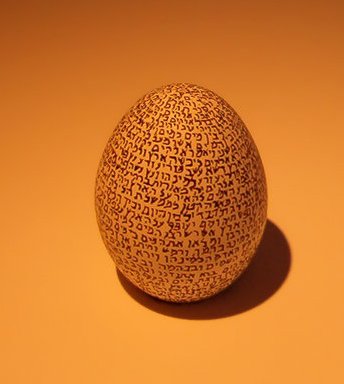 |
|
May 20 (140) |
21 |
22 (142) |
23 (*428) |
24 (144.
*64) |
|
°May 16
(136) |
17 |
18 |
19 (*424) |
20 (140,
*60) |
|
'April 23
(113, *33) |
24 (114,
479) |
25 (*400 =
*35 + *365) |
26 (*36 =
*63 - *27) |
27 (117,
*37) |
|
"April 9
(99, *384) |
10 (100,
465) |
11 (101) |
12 (*22) |
13 (468 =
144 + 324) |
|
THE NAKSHATRA VIEW: |
|
SEPT 15 |
16 |
17 (260) |
18 (290 -
29) |
19 (*364 /
2) |
|
υ
Herculis
(242.3),
ρ
Cor.
Borealis
(242.4),
ι Cor.
Borealis
(242.5),
θ
Draconis
(242.6),
ξ
Scorpii
(242.7)
SCHEDIR
(Breast) α
Cassiopeiae
*201.0 =
*242.4 -
*41.4 |
16h (243.5)
ACRAB
(Scorpion) =
β Scorpii,
JABHAT AL
ACRAB
(Forehead of
the
Scorpion) =
ω Scorpii
(243.3),
θ
Lupi,
RUTILICUS =
β
Herculis
(243.5),
MARFIK
(Elbow) =
κ
Herculis
(243.7),
φ
Herculis
(243.8) |
ψ
Scorpii
(244.6),
LESATH
(Sting) =
ν
Scorpii
(244.8) |
χ
Scorpii
(245.1),
YED PRIOR
(Hand in
Front) =
δ
Ophiuchi,
δ
Tr.
Austr.
(245.5)
Nov 30 AD 1906
VENUS (*249.1) |
YED
POSTERIOR
(Hand
Behind) =
ε
Ophiuchi,
RUKBALGETHI
SHEMALI
(Northern
Knee of the
Giant) =
τ
Herculis
(246.6).
δ
Apodis
(246.7),
ο
Scorpii
(246.8) |
|
... In other
words, the
ancient
Druidic
religion
based on the
oak-cult
will be
swept away
by
Christianity
and the door
- the god
Llyr - will
languish
forgotten in
the Castle
of
Arianrhod,
the
Corona
Borealis.
This helps
us to
understand
the
relationship
at Rome of
Janus and
the White
Goddess
Cardea who
is ... the
Goddess of
Hinges who
came to Rome
from Alba
Longa. She
was the
hinge on
which the
year swung -
the ancient
Latin, not
the Etruscan
year - and
her
importance
as such is
recorded in
the Latin
adjective
cardinalis
- as we say
in English
'of cardinal
importance -
which was
also applied
to the four
main winds;
for winds
were
considered
as under the
sole
direction of
the Great
Goddess
until
Classical
times ... |
|
Nov 18
(*242) |
19 |
20 (324) |
21 |
22 (*246) |
|
... The
correspondence
between the
winter
solstice and
the
kali'i
rite of the
Makahiki
is arrived
at as
follows:
ideally, the
second
ceremony of
'breaking
the
coconut',
when the
priests
assemble at
the temple
to spot the
rising of
the
Pleiades,
coincides
with the
full moon (Hua
tapu)
of the
twelfth
lunar month
(Welehu). In
the latter
eighteenth
century, the
Pleiades
appear at
sunset on 18
November.
Ten days
later (28
November),
the Lono
effigy sets
off on its
circuit,
which lasts
twenty-three
days, thus
bringing the
god back for
the
climactic
battle with
the king on
21 December,
the solstice
(= Hawaiian
16
Makali'i). The
correspondence
is 'ideal'
and only
rarely
achieved,
since it
depends on
the
coincidence
of the full
moon and the
crepuscular
rising of
the Pleiades
... |
|
°Nov 14 |
15 |
16 (320) |
17 |
18 (*242) |
|
'Oct 22
(295) |
23 (*216) |
24 |
25 |
26 (299) |
|
"Oct 8 |
9 (*202) |
10 |
11 |
12 (285) |
 |
 |
 |
 |
 |
|
Ga7-9 (178) |
Ga7-10 |
Ga7-11 (180) |
Ga7-12 |
Ga7-13 (182) |
|
4th Point |
*360 / 2
= *180 |
5th Point |
|
April 27 (107, *27) AD 1905 |
Nov 30 (334, *254) AD 1906 |
|
MARCH 20 (*364) |
MARCH 20 (*364) |
 |
 |
|
Gb8-30
(242, 471) |
Ga7-12
(181) |
|
May 23
(*63) era of rongorongo |
Nov 21
(325) era of rongorongo |
|
Hyadum I (*767, *584, *63.4) |
Yed
Prior (*245) |
|
"April 12 (*22 = *63.4 - *41.4) |
"Oct
11 (284 =
325 - 41) |
|
... The
author of the
Book of Enoch in his treatise on
astronomy and the calendar also reckoned a
year to be 364 days, though he pronounced a
curse on all who did not reckon a month to
be 30 days long
...
... The
reference to Josua 13:7 is not so
self-evident, it has to do with how the land
already at an early time was divided between
the 9 tribes and one of the halves of the
tribe of Manasseh.
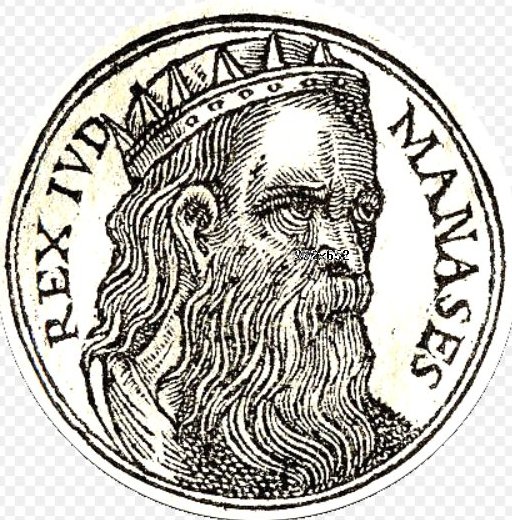 |
|
.jpg)









.jpg)





















